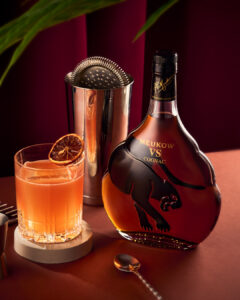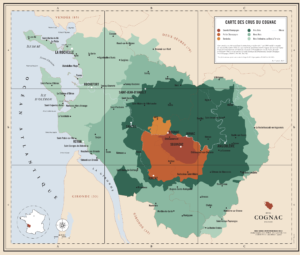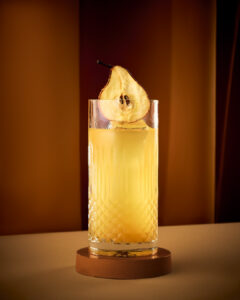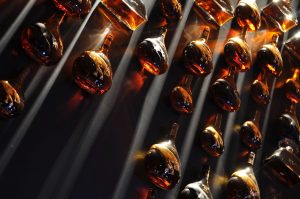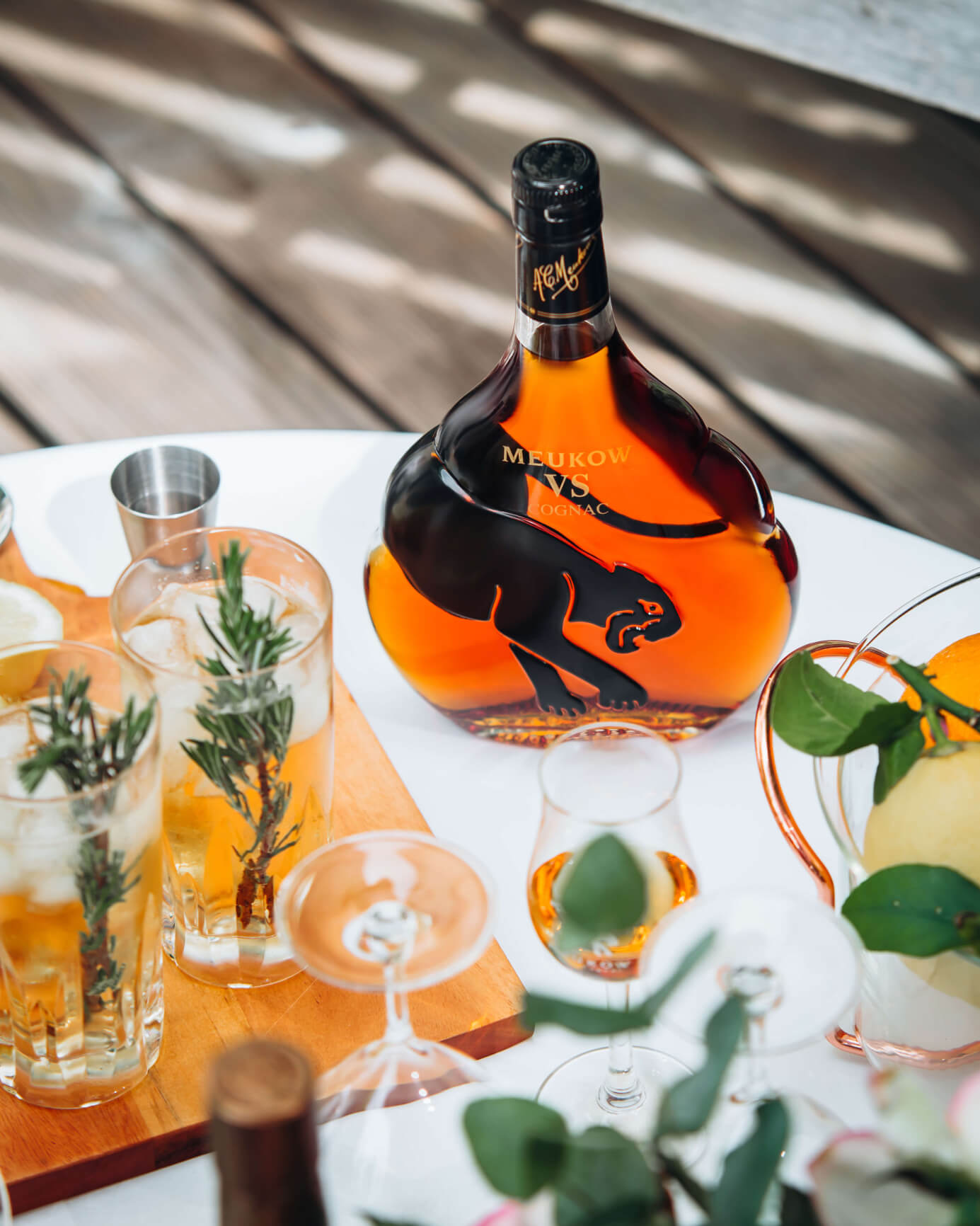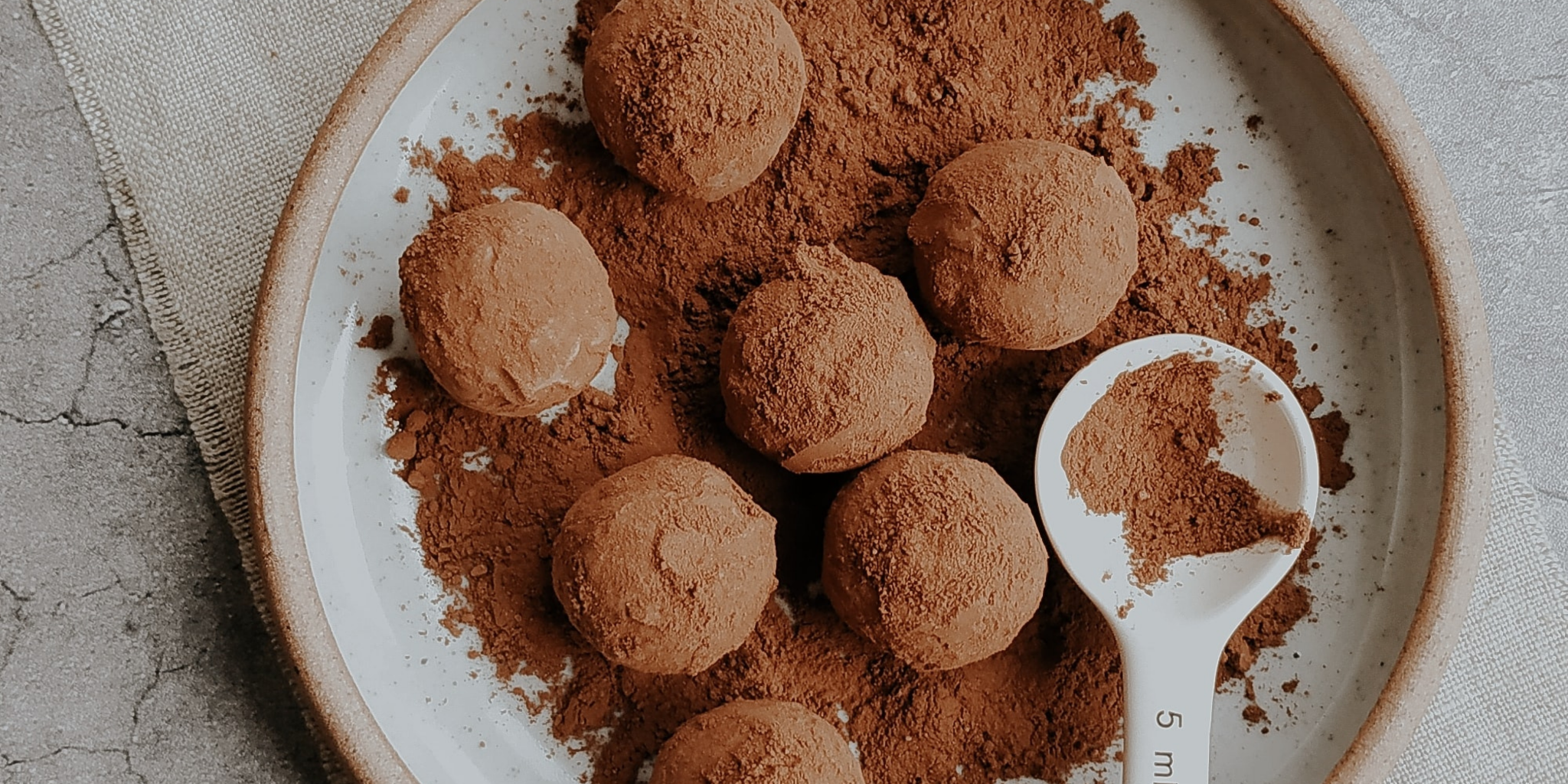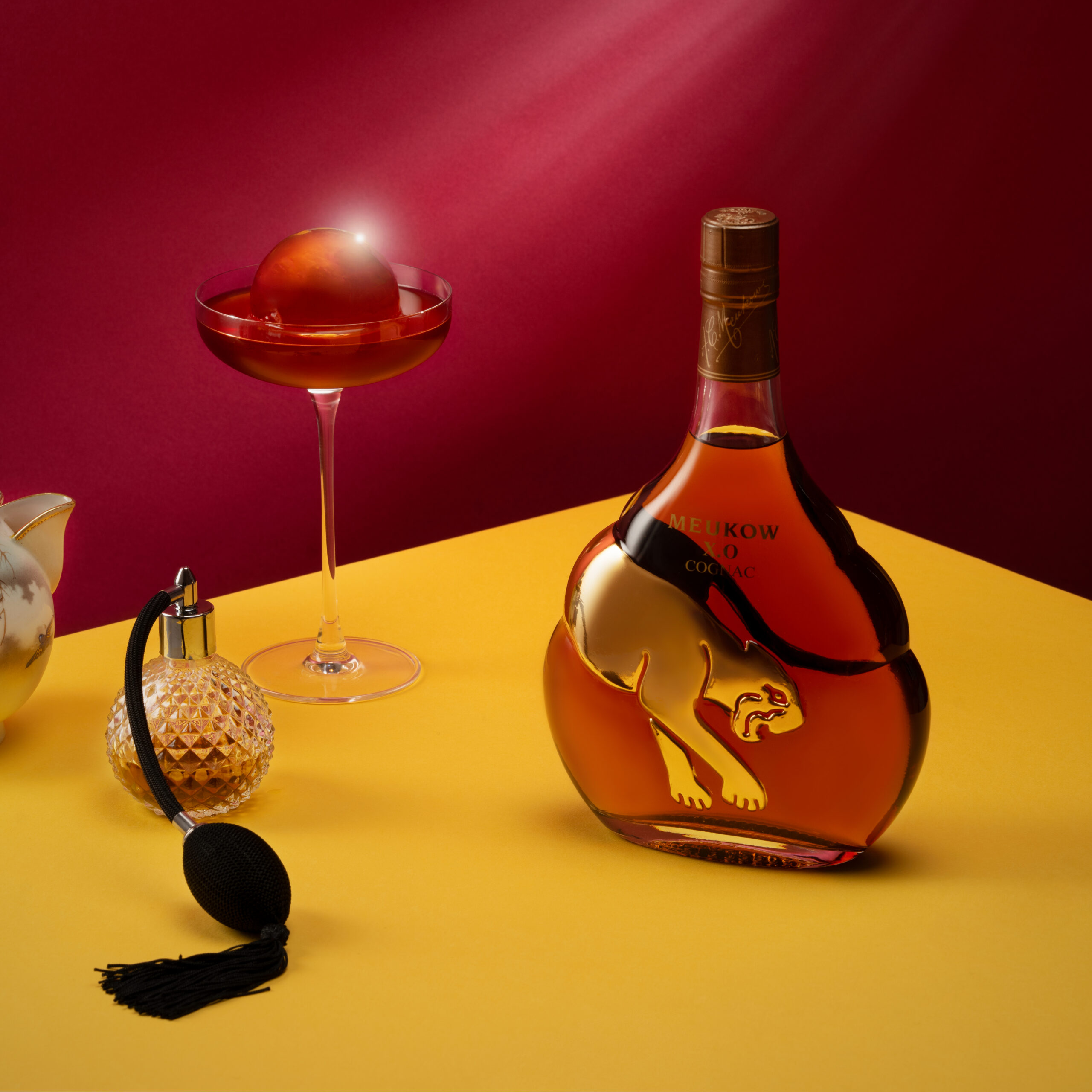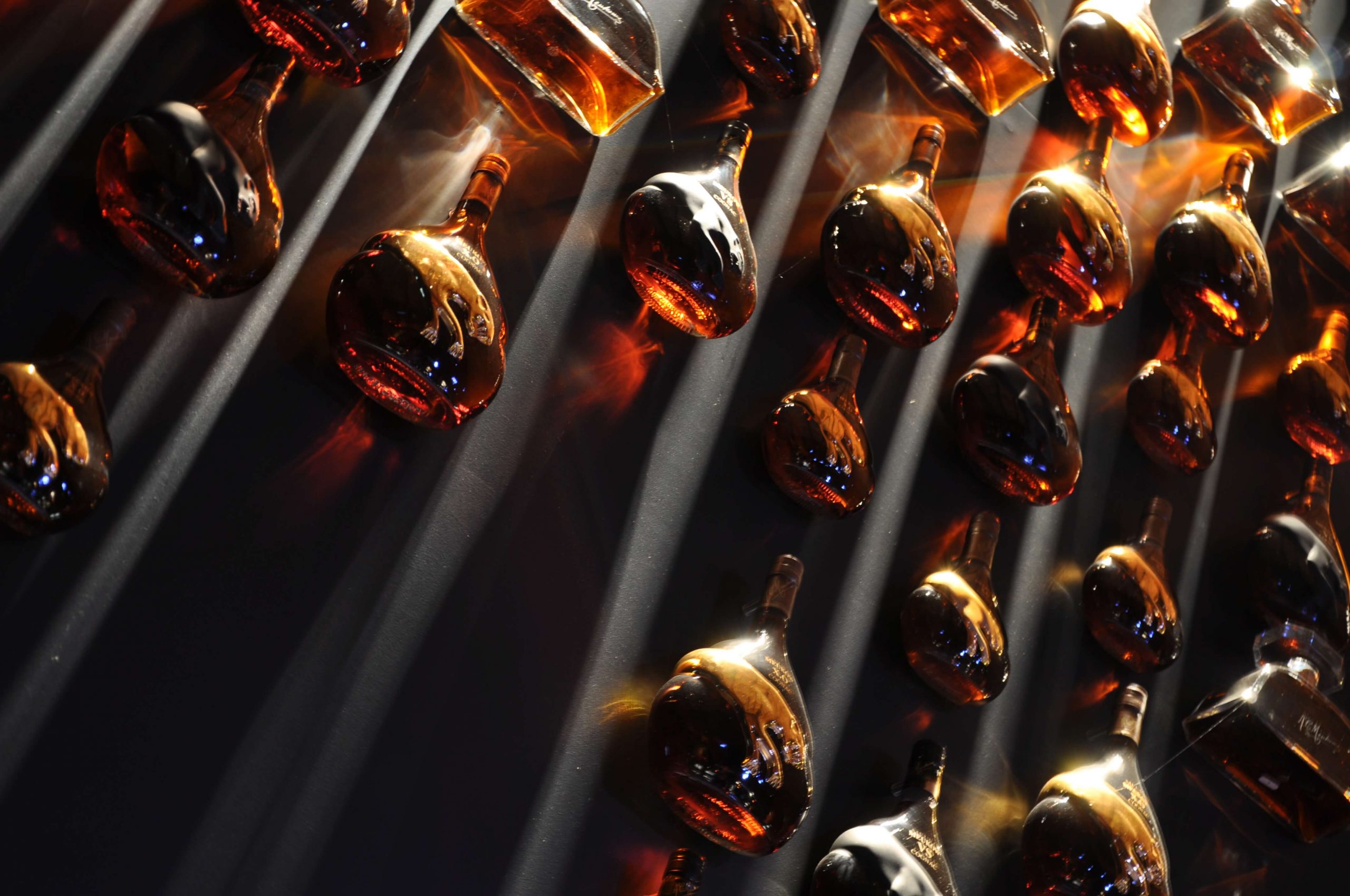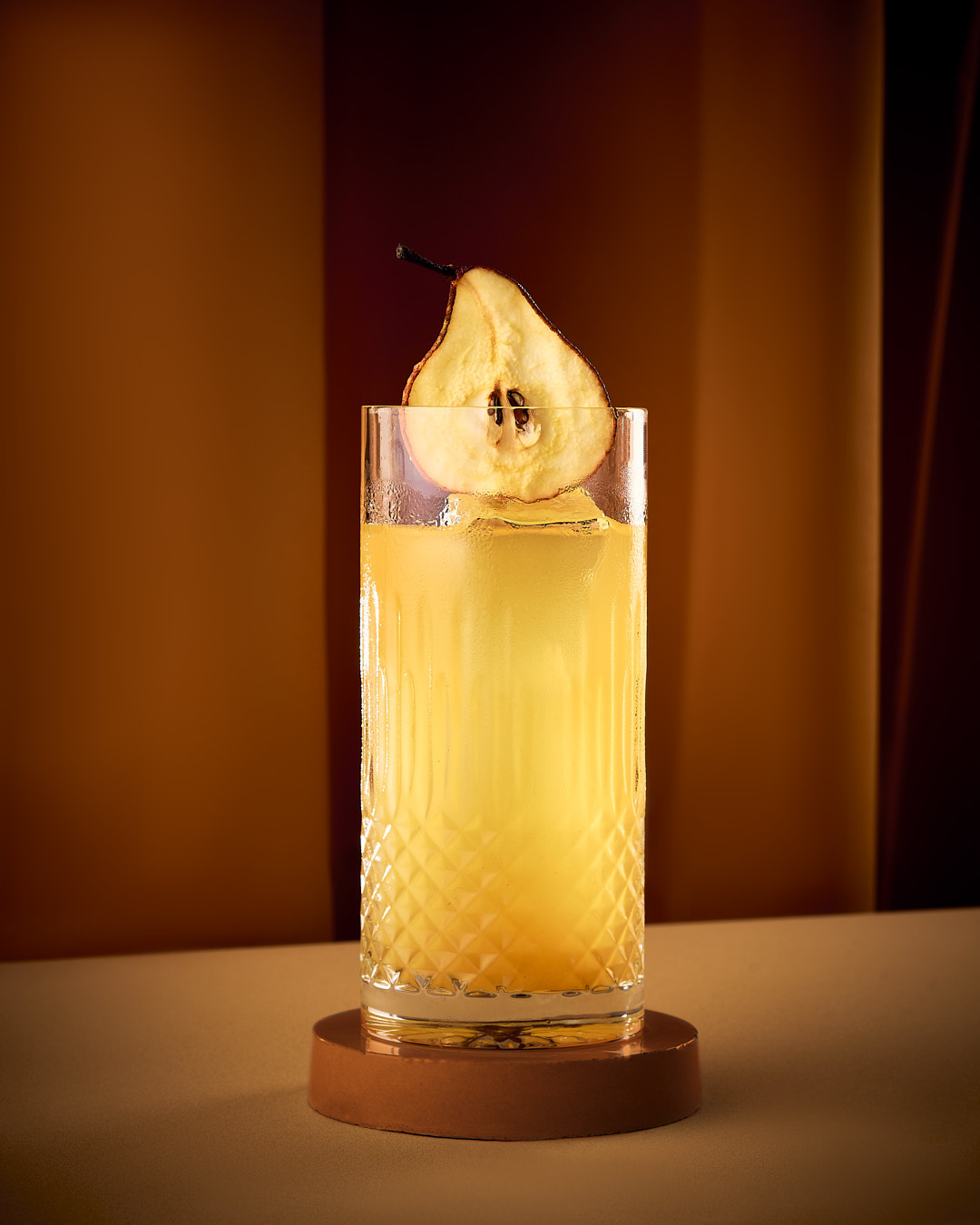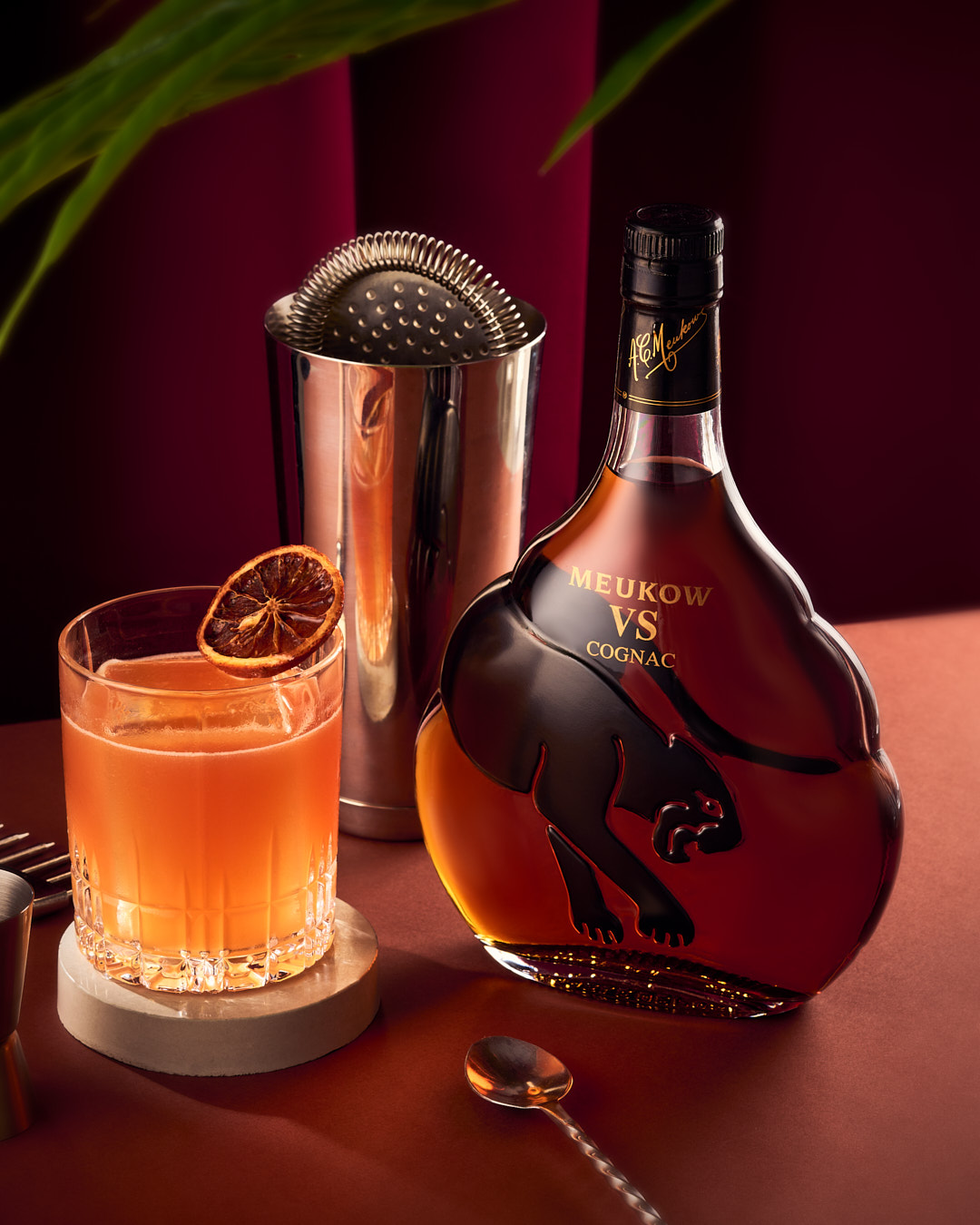Between cognac, brandy and liqueur, it is not always easy to know the difference … But fear not! With only those 3 points, you will be able to decipher a real cognac label like a pro!
Point 1: The Designation of Origin
On your label or bottle as you can see in the image above, the designation of origin must appear to make the trade name. Three appellations are authorized :
● Cognac
● Eau-de-vie de cognac
● Eau-de-vie of the Charentes
Point 2: The Capacity
The net capacity must necessarily appear on the product, whether expressed in liters, centiliters or milliliters. Even the height of the letters on the bottle is regulated! A minimum of 4 mm high lettering is required for a capacity of between 20 cl excluded and 100 cl included…
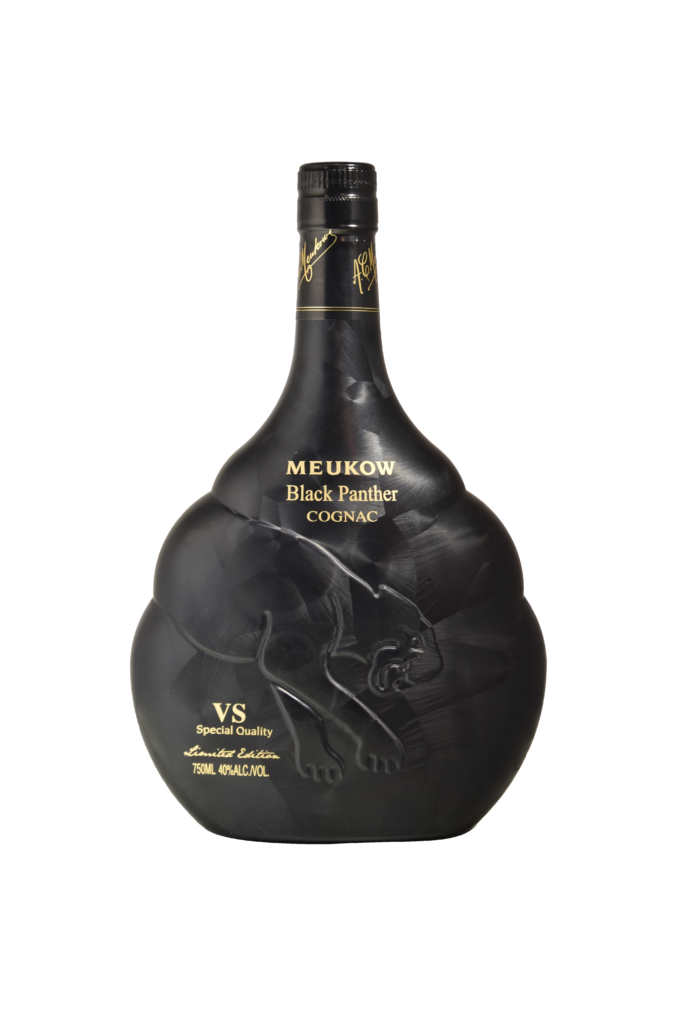
Point 3: The Volume of Alcohol
Concerning the volume of alcohol, the rule set by the BNIC is as follows: “When marketed to the consumer, brandies have a minimum alcoholic strength by volume of 40%.» This also means that 40% is only a minimum and that some cognacs or cognac liqueurs may have a higher degree of alcohol.
The 2 optional mentions
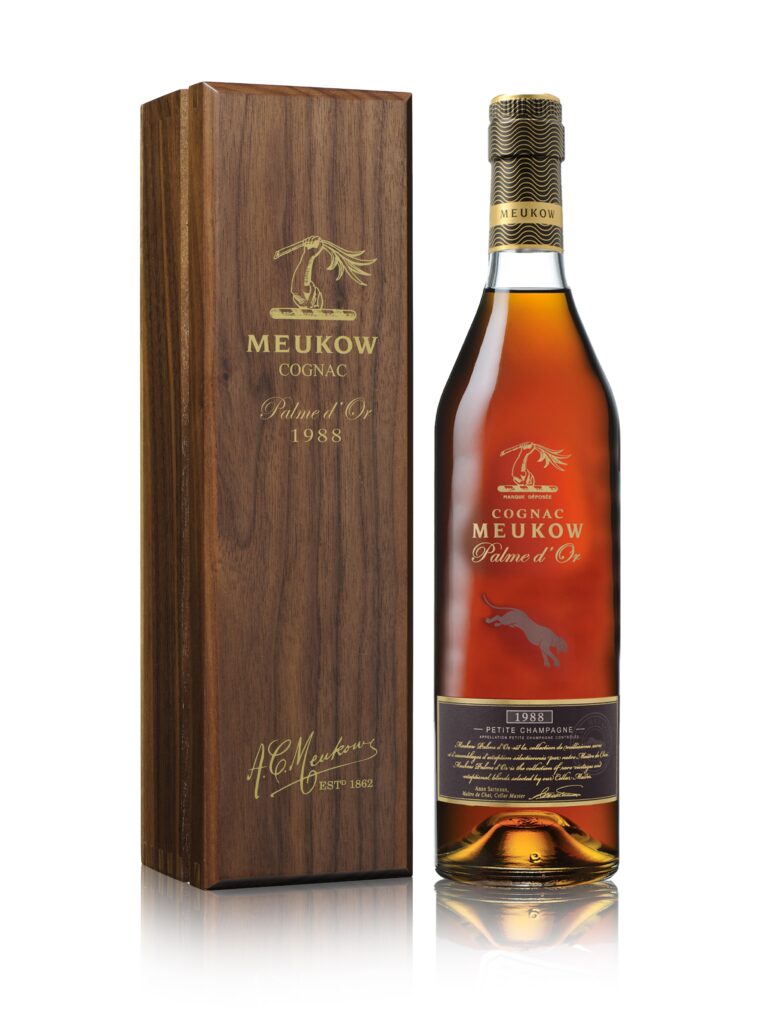
There are also two optional mentions that can appear on your bottle of cognac :
● The complementary geographical name used to specify the cru used in the composition. To know everything about the different cognac crus, do not hesitate to consult our article here. (link to article on the cru map);
● The mention of aging, more commonly inscribed with the acronyms VS, VSOP, XO … To learn more about the subject, please read our article on the topic here. (link to the article on aging).






